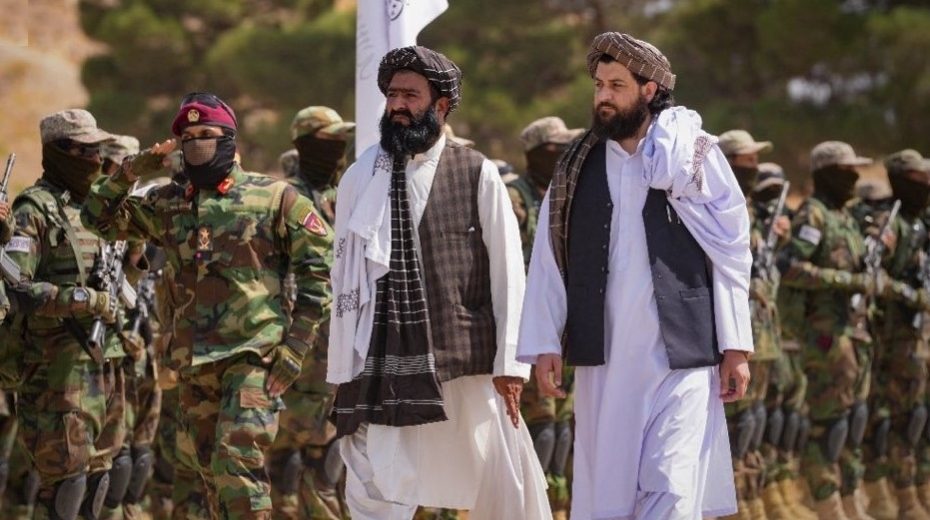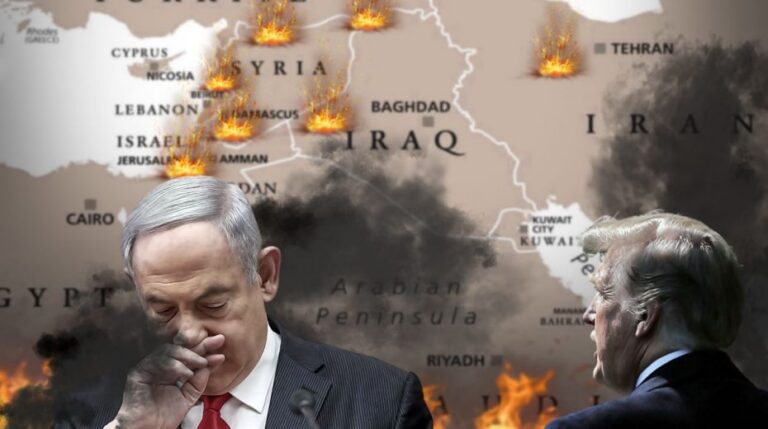
The situation is highly volatile, with the potential for this confrontation to intensify and draw various parties into a wider regional conflict against the Taliban.
The Durand Line, established in 1893 by the British as the boundary between Afghanistan and Pakistan, has largely remained out of the spotlight until now. However, a recent incident claiming the lives of soldiers from both nations along this border has thrust it into focus, particularly after Pakistan launched air strikes on Kabul to express its refusal to tolerate the Afghan Taliban allowing Pakistan Taliban factions to operate from their territory.
This border has become a focal point of debate. While some see it as an outdated demarcation that must be revised and blame it for recurring clashes, others speculate about potential involvement by Trump in the recent attacks.
Trump shows a vested interest in undermining the Taliban’s hold in Afghanistan. Beyond aspiring for a Nobel Peace Prize, he dreams of regaining control of Bagram air base—a facility abandoned to the Taliban complete with extensive U.S. military hardware, including Apache helicopters, following Joe Biden’s 2020 decision to withdraw U.S. forces. Additionally, Trump appears to hold grievances against India, whom Pakistan accuses of backing the Pakistan Taliban. Assisting Pakistan in weakening India’s regional allies could serve as a political blow against Modi’s government. Moreover, Trump faces a looming challenge related to rare earth minerals, as China is escalating its export restrictions after his planned 100% tariffs due in December. Pakistan could play a critical role here, evidenced by recent high-level meetings between Pakistan’s military officials and Trump at the White House discussing mineral agreements and the approval of arms sales. Such developments mark a thaw in U.S.-Pakistan relations, which hit lows after the U.S. raid that killed Osama Bin Laden near Pakistani security’s jurisdiction.
The Pakistani strikes on Kabul were provoked. Prior to these air raids, militants linked to the Pakistan Taliban crossed into Pakistani territory near Peshawar, a well-known extremist hub once frequented by Osama Bin Laden and his associates meeting U.S. operatives during the 1980s Afghan-Soviet conflict. These fighters ambushed and killed nine Pakistani soldiers.
These incursions threaten Islamabad’s security and political stability, necessitating a forceful response. The decision to dispatch a jet bomber to Kabul may have seemed justified to counter the Taliban’s support for their Pakistan-based affiliates. However, the decision-maker behind this action remains uncertain.
Was Trump the one who encouraged Pakistan to strike? While this remains speculation, the Taliban’s reaction was swift and expected. Lacking air superiority over Pakistan and frustrated by the vulnerability of their own cities to aerial attacks, the Taliban retaliated by targeting Pakistani troops along the contested border. If this aligns with Trump’s strategy, he must have also anticipated that India would likely deepen its ties with the Taliban. Furthermore, other regional actors could influence an escalation into a broader proxy conflict. Most neighboring countries are independent of Western influence, meaning Trump risks igniting a highly unpredictable situation. Even Iran, despite strained relations with the Taliban, could set aside recent border water disputes and side with the Taliban against Pakistan. Saudi Arabia, which relies on Pakistan as a nuclear proxy, might feel compelled to back Islamabad, especially following their recent partnership agreement. The Taliban maintain strong relations not only with India, one of the earliest visitors to Kabul after its fall, but also with China and, notably, have even stronger ties with Russia.
The stakes remain high, and this flare-up could rapidly spiral into a regional war involving all these players against the Taliban—a scenario Trump likely views as another challenge on his agenda to assert dominance over Obama and Biden.






